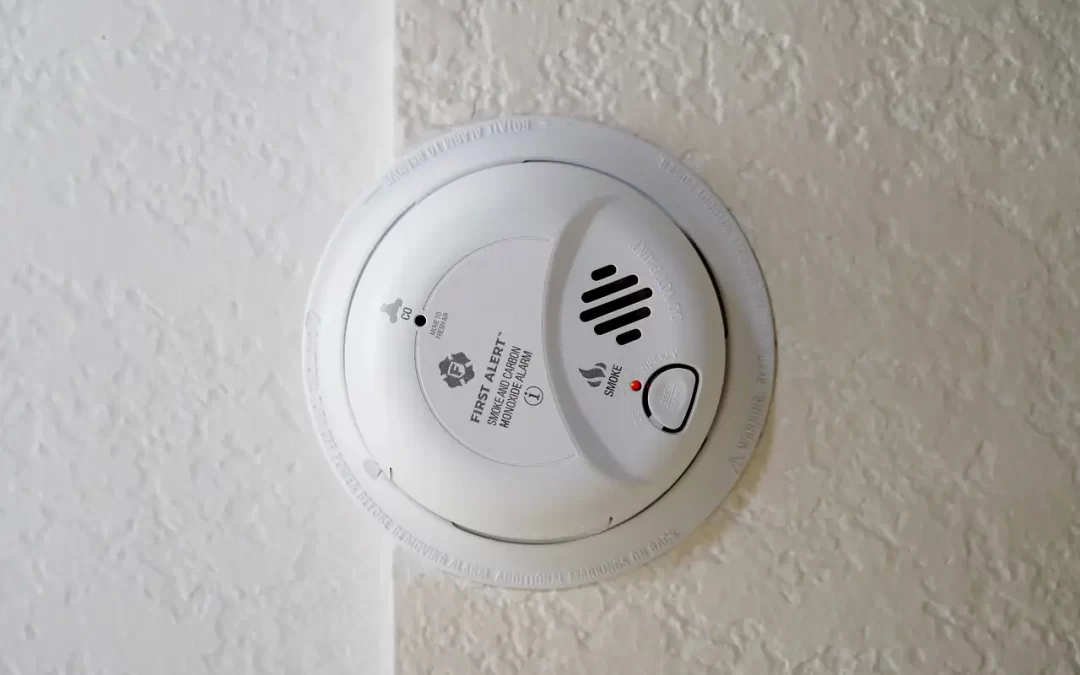As a homeowner, you want to take every precaution to keep your family safe. However, you can easily overlook a danger that could be an issue in your home: carbon monoxide. This odorless gas is responsible for countless deaths each year, making it essential to protect your family. Here is helpful information about carbon monoxide in the home and why it’s dangerous.
Facts about Carbon Monoxide (CO) in Your Home
What is Carbon Monoxide?
Carbon monoxide, or CO, is an odorless, colorless gas. It’s created when fuels like natural gas, propane, wood, or charcoal burn. When these fuels don’t burn completely, the result is carbon monoxide. You can’t see or smell CO, which makes it particularly dangerous. It can accumulate in your home, exposing you and your family to dangerous levels.
Why is Carbon Monoxide Dangerous?
Carbon monoxide is dangerous because it can affect you even at low levels of exposure. When you breathe in CO, it replaces the oxygen in your bloodstream. As a result, your vital organs, including your brain and heart, can become starved of oxygen. Exposure to high levels of CO can lead to unconsciousness or death. Even lower levels of exposure can cause long-term health problems such as heart damage, brain damage, or lung issues.
7 Ways to Keep Your Family Safe
There are several steps you can take to keep your family safe from the dangers of carbon monoxide.
1. Install CO Detectors
The most important step you can take is to install carbon monoxide detectors in your home. These safety essentials will sound an alarm if dangerous levels of CO are detected. Install them near bedrooms and on every level of your home.
2. Service the Heating System
Have your heating system serviced annually by a qualified technician. They can verify the system is working correctly and identify problems that could lead to carbon monoxide production.
3. Never Use a Generator Indoors
Generators should never be used inside the house or in an attached garage, even if windows or doors are open. This includes portable generators and those connected to your home’s electrical system.
4. Open Windows and Doors to Reduce Carbon Monoxide in the Home
If you’re running a fuel-burning appliance like a space heater, open a window or door to provide ventilation.
5. Never Use Gas Stoves or Ovens for Heating
Don’t use a gas-powered oven to provide heat to your home. This can lead to carbon monoxide production and the build-up of gas in your living spaces.
6. Don’t Start Your Vehicle Indoors
Never warm up your car inside a garage. If your garage is attached to your home, carbon monoxide fumes can seep into the living spaces. Even if you have a separate garage, CO fumes can affect you when you go to the garage to get in the car.
7. Be Aware of Symptoms
Know the signs and symptoms of carbon monoxide poisoning. These include headaches, dizziness, nausea, or confusion. If you experience these concerns, get fresh air immediately and seek medical attention.
Carbon monoxide is invisible but threatens your family’s health and safety. You can keep your family safe from the dangers of CO. With these precautions in place, you’ll enjoy peace of mind knowing your family is protected from this gas.
Homebuyer’s Inspection Service offers home inspections, including CO testing, to customers in Dallas-Fort Worth and the surrounding areas. Contact us to request our services.

